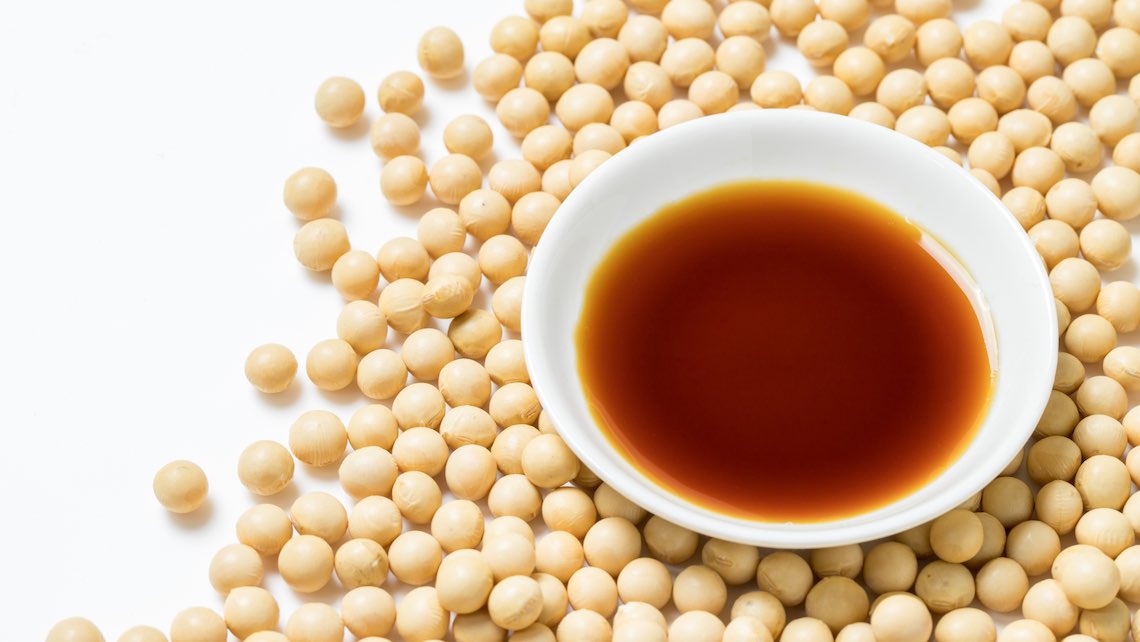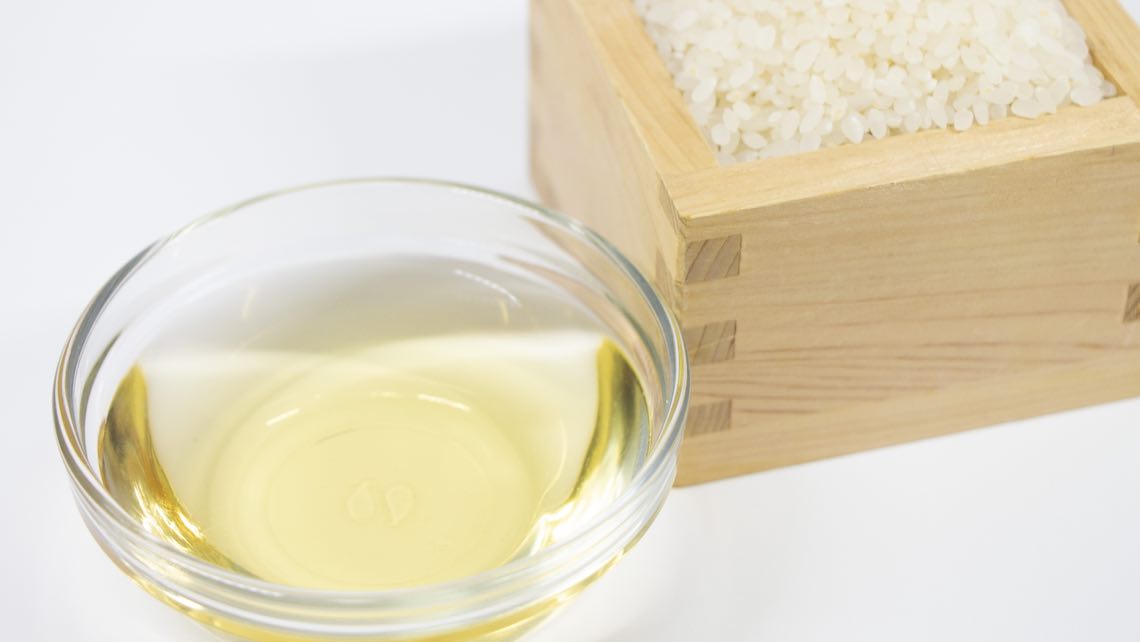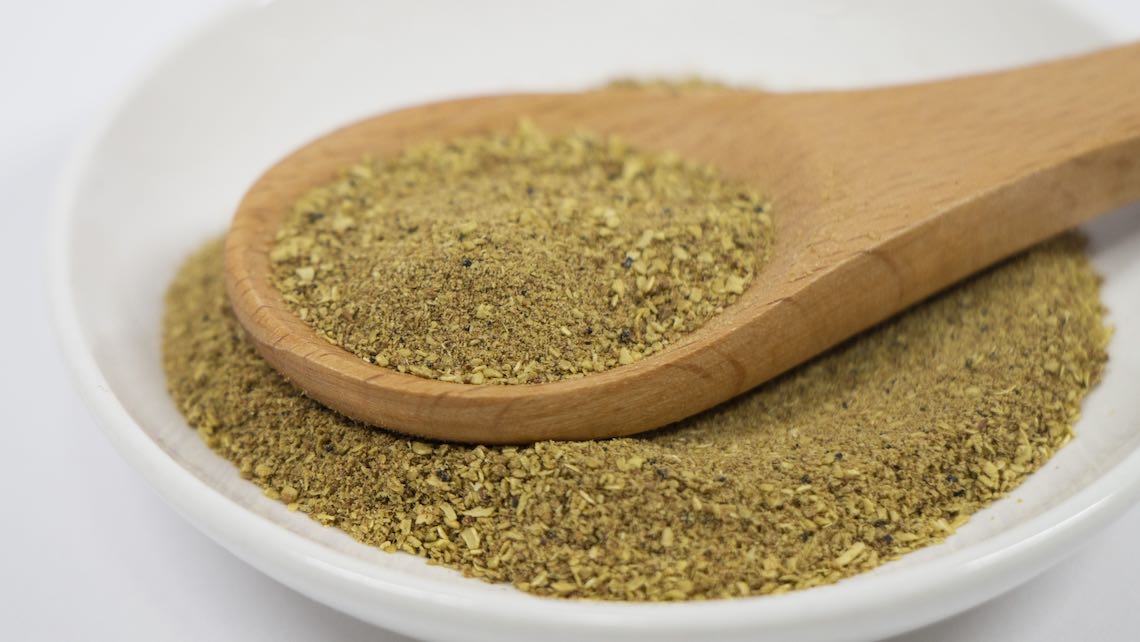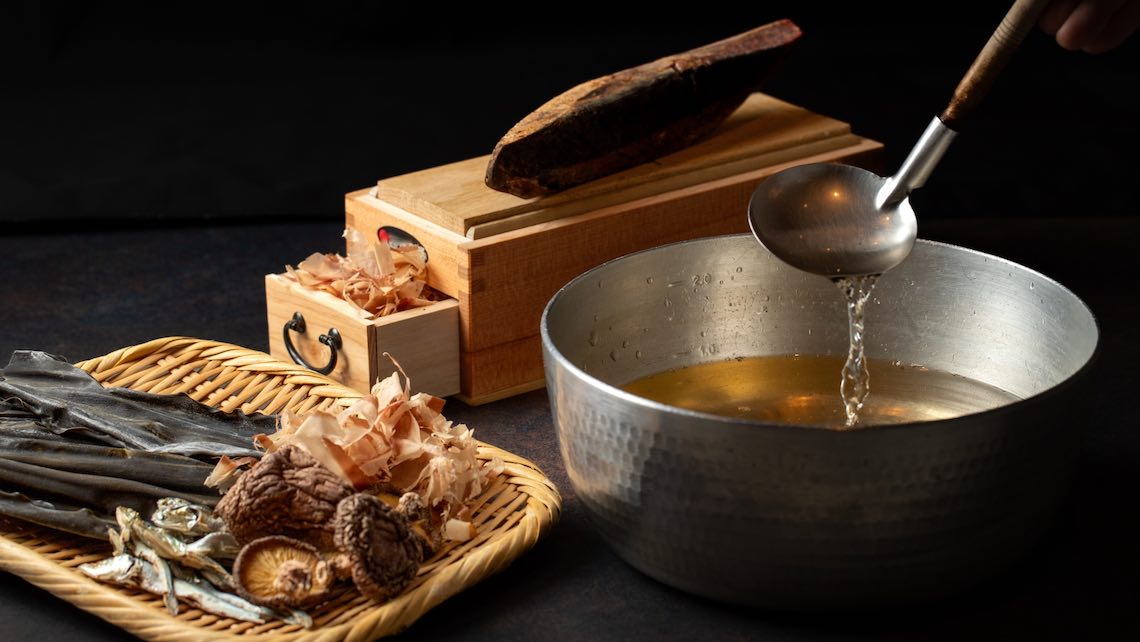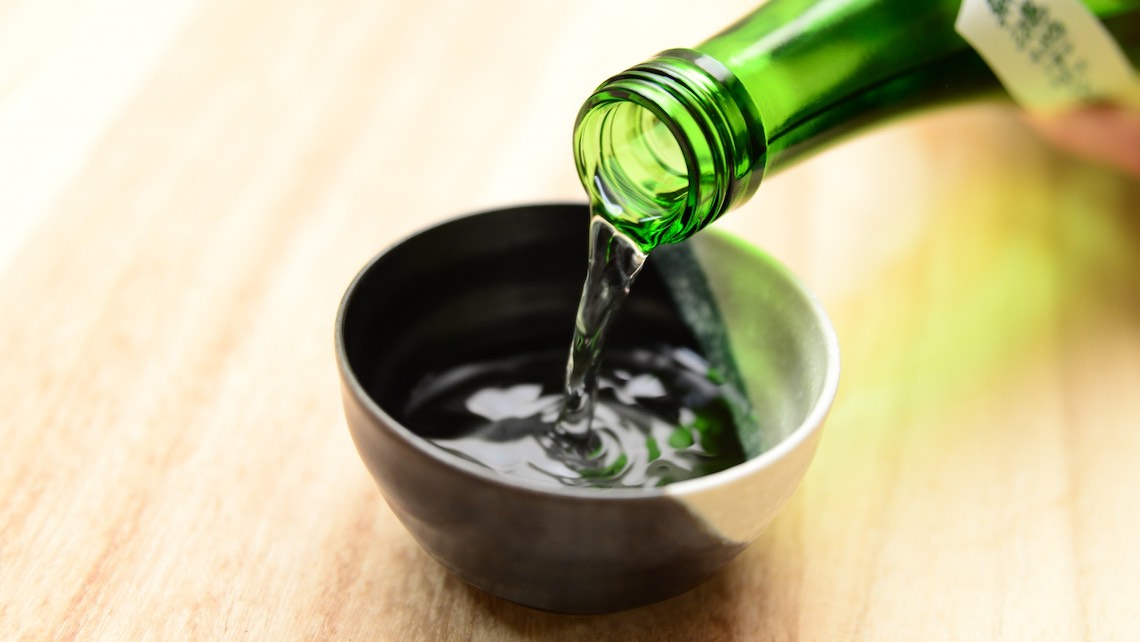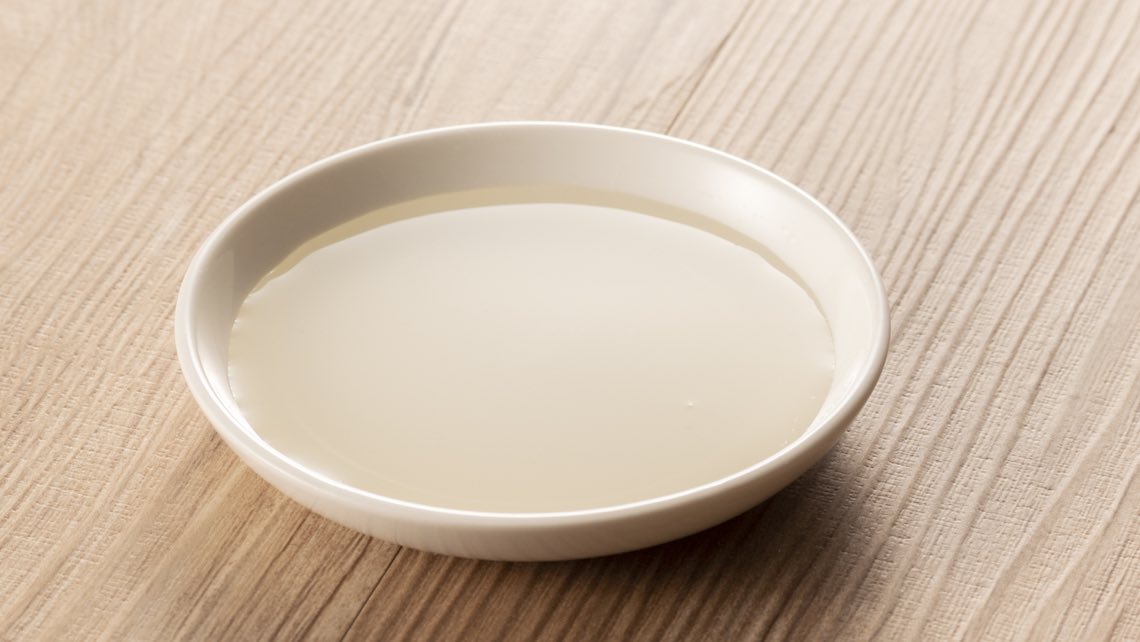Sugar [Sato]

Japanese Name and Pronunciation:

[satou]
Sugar, known as “sato” in Japanese, is an essential ingredient in Japanese cuisine that is derived from various raw materials. There are different types of sugar used in Japanese cooking, each with its own characteristics.
Common Sugars in Japan
Beet Sugar
Beet sugar is produced from sugar beets, which are commonly grown in Japan. It has a neutral flavor and is widely used in cooking and baking. Beet sugar is commonly found in granulated or powdered form and is a versatile option for sweetening a wide range of dishes.
Cane Sugar
Cane sugar, derived from sugarcane, is another commonly used sugar in Japanese cuisine. It is known for its natural sweetness and subtle molasses flavor. Cane sugar is available in granulated, powdered, or even liquid forms and is used in various recipes, including desserts, beverages, and sauces.
Kokuto (Japanese Brown Sugar)
Kokuto, or Japanese brown sugar, is a traditional sugar made from sugarcane or the juice of the sugar palm. It has a distinct flavor and a rich caramel-like taste. Kokuto is often used in traditional Japanese confections and desserts, such as sweet potato wagashi or Okinawan treats like sata andagi (deep-fried doughnuts). It can also be used as a sweetener in savory dishes, particularly in Okinawan cuisine.
Mizuame (Liquid Sugar): Mizuame is a type of thick, sweet syrup made from starch, typically rice starch or sweet potato starch. It is used as a sweetener and a binding agent in various Japanese sweets, such as yokan (sweet bean jelly) or dorayaki (pancake filled with sweet red bean paste). Mizuame provides a sticky texture and a subtle sweetness to these confections.
These different types of sugar provide varying flavors and textures, allowing for versatility in Japanese cuisine. They are used not only for sweetening dishes but also for balancing flavors, preserving foods, and creating the desired textures in traditional Japanese sweets.

